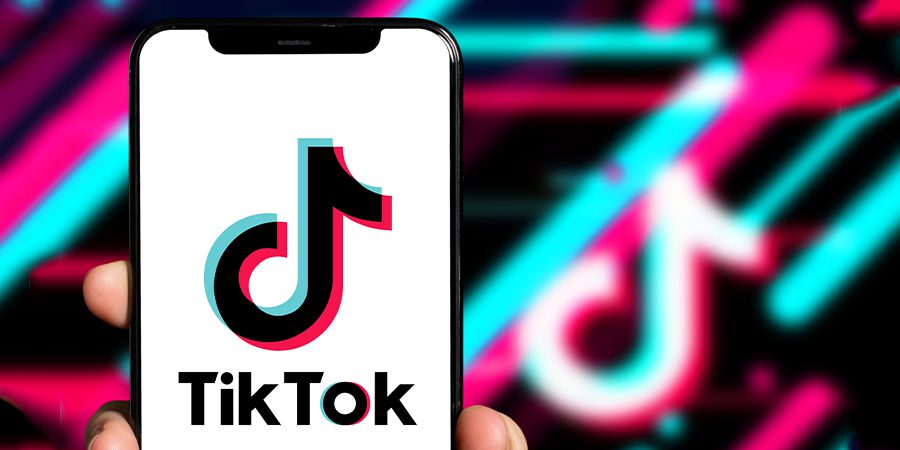In this article, we’ll look at the reasons behind a potentially dangerous vulnerability in the popular video-sharing platform TikTok, its potential consequences, and how the issue has been resolved, ensuring the security of users’ data.
Key Takeaways:
- Imperva researchers discovered a vulnerability in TikTok that could have exposed user activity data.
- The vulnerability was caused by a window message event handler not properly validating the origin of messages.
- Attackers could have gained access to sensitive user information, including device details, account information, and search queries.
- The vulnerability could have been exploited for phishing attacks, identity theft, or blackmail.
- TikTok has fixed the vulnerability, preventing further potential exposure of user data.
The Vulnerability: A Window of Opportunity for Attackers
Researchers at the cybersecurity firm Imperva discovered a significant vulnerability within TikTok.
This security flaw presented a golden opportunity for attackers to exploit the platform.
The vulnerability originated from a window message event handler that failed to correctly validate the origin of incoming messages.
This lapse in security created an opening for malicious actors to gain unauthorized access to user data.
In recent years, web applications have grown increasingly complex.
Developers now rely on various APIs and communication mechanisms to improve functionality and user experience.
However, this complexity can lead to unforeseen security vulnerabilities.
Message event handlers, in particular, are often overlooked as potential sources of security risks.
These handlers are responsible for managing input from external sources, making them prime targets for attackers.
The Danger: What Could Have Been Exposed?
Had the vulnerability been exploited, attackers could have gained access to sensitive user information.
This includes details about the user’s device, such as the device type, operating system, and browser specifics.
Moreover, the attacker could have acquired information about which videos users had viewed and the duration of their engagement.
Account details, including usernames, uploaded videos, and other particulars, would also have been at risk. Even search queries entered into TikTok could have been exposed.
With this information in hand, cybercriminals could have launched targeted phishing attacks or engaged in identity theft.
In more extreme cases, the obtained data could have been used for blackmailing purposes, making this vulnerability extremely valuable to potential attackers.
The Fix: TikTok Responds to the Vulnerability
Upon discovering the security flaw, the Imperva research team promptly notified TikTok. In response, the video-sharing platform quickly addressed and fixed the vulnerability.
The researchers commended TikTok for their swift action and cooperation.
The platform’s security team worked hand-in-hand with Imperva to ensure that TikTok became a more secure environment for its users.
This incident serves as a stark reminder of the importance of proper message origin validation.
It also highlights the potential risks associated with allowing communication between domains without implementing appropriate security measures.
Ongoing Concerns: TikTok’s Privacy and Security Track Record
While this specific vulnerability has been fixed without any known incident, it is only the latest in a series of data privacy concerns surrounding TikTok.
Increased scrutiny of the platform has led to a ban on the service on official UK government devices and similar actions in other countries.
Many of these privacy concerns stem from alleged connections between TikTok’s parent company, ByteDance, and the authoritarian Chinese government.
However, this is not the first time a vulnerability potentially useful to cybercriminals has been disclosed in the service.
Last year, Microsoft revealed a vulnerability, identified as CVE-2022-28799, which could have allowed threat actors to hijack accounts, view and publicize private TikToks, send messages, and upload new content.
This vulnerability was present in how TikTok’s Android app handled a specific type of hyperlink.
Microsoft’s research team managed to bypass the app’s link verification mechanism and insert a malicious link into the WebView component powering TikTok’s in-app browser.
No evidence has been found to suggest that CVE-2022-28799 was ever exploited. However, the Imperva incident is another example of the potential risks facing TikTok users.
Conclusion
TikTok’s prompt response to fixing the vulnerability discovered by Imperva researchers has successfully averted a potentially harmful situation for its users.
This event serves as a reminder for all web applications of the critical importance of proper message origin validation and the implementation of appropriate security measures.
As TikTok continues to face scrutiny and privacy concerns, it is essential for the platform to remain vigilant in addressing and resolving any security vulnerabilities that may arise.
By proactively working to protect its users’ data, TikTok can demonstrate a commitment to user safety and build trust among its global user base.
 Sections of this topic
Sections of this topic
















